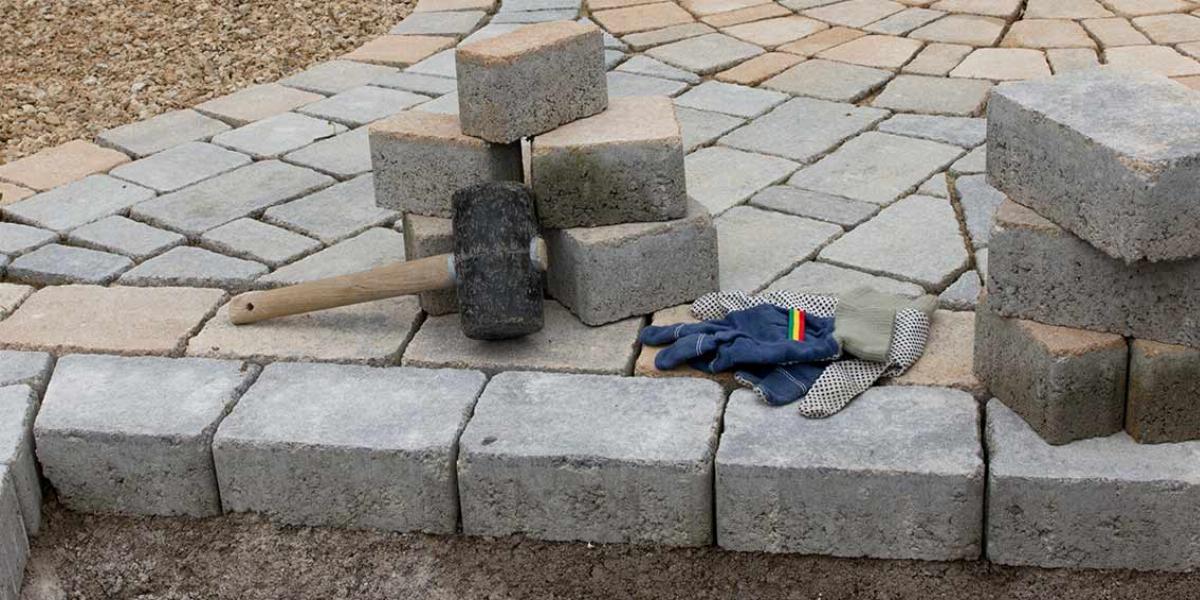
Hardscaping consists of man-made features, like paths or walls, incorporated into landscape architecture. Paved roads, driveways, pathways, fountains, patios, and decks are all elements found in backyard hardscapes. Hardscape materials often include concrete, wood, stone, brick, metal, gravel, boulders, mulch and pottery.
The most appealing benefit of backyard hardscapes is the very limited amount of maintenance they require. Once you create the design of your choosing, your backyard is set for years to come. That means no watering, mowing, pruning, snipping or trimming is needed.
Especially in areas where drought is common, hardscaping is a great solution to fight water waste. Instead of spilling out gallons and gallons of water to maintain your lawn, plants and flowers, a backyard hardscape allows you to go water-free. Plus, you won’t have to fret over your plants dying or your grass fading to a dingy brown.
Filling your backyard with hardscape material can increase the value of your property. By creating an outdoor extension to your home, you add more usable square footage and the opportunity for potential buyers to envision themselves relaxing and entertaining in the space. In fact, 84 percent of buyers look for an outdoor patio when purchasing a home.
The deck and patio space is an extension of the home, especially in the warmer months. Incorporating a backyard hardscape will significantly increase your family’s outdoor experience with more room to sit and enjoy the outdoors. Create a pathway to a fire pit or even an outdoor kitchen to make your backyard the ultimate entertainment destination.
Say goodbye to the flat, wide-open backyard of yesteryear. With a little hardscaping, you can add multiple dimensions to your yard with differing levels, defined edges and weaving walkways to create quite the visually appealing space. On top of that, courtyard walls, pergolas, fences and stone boundary lines all add privacy from nearby neighbors.
When planned effectively, hardscaping materials can reduce potential erosion. By placing barriers in the form of stone or concrete in areas where erosion is likely, you can keep your ground intact for years to come.
Have you incorporated hardscapes into your landscape design plans? Let us know about your upcoming projects in the comments below!
Cover Image: "Modern Garden" by London looks licensed under CC by 2.0.
